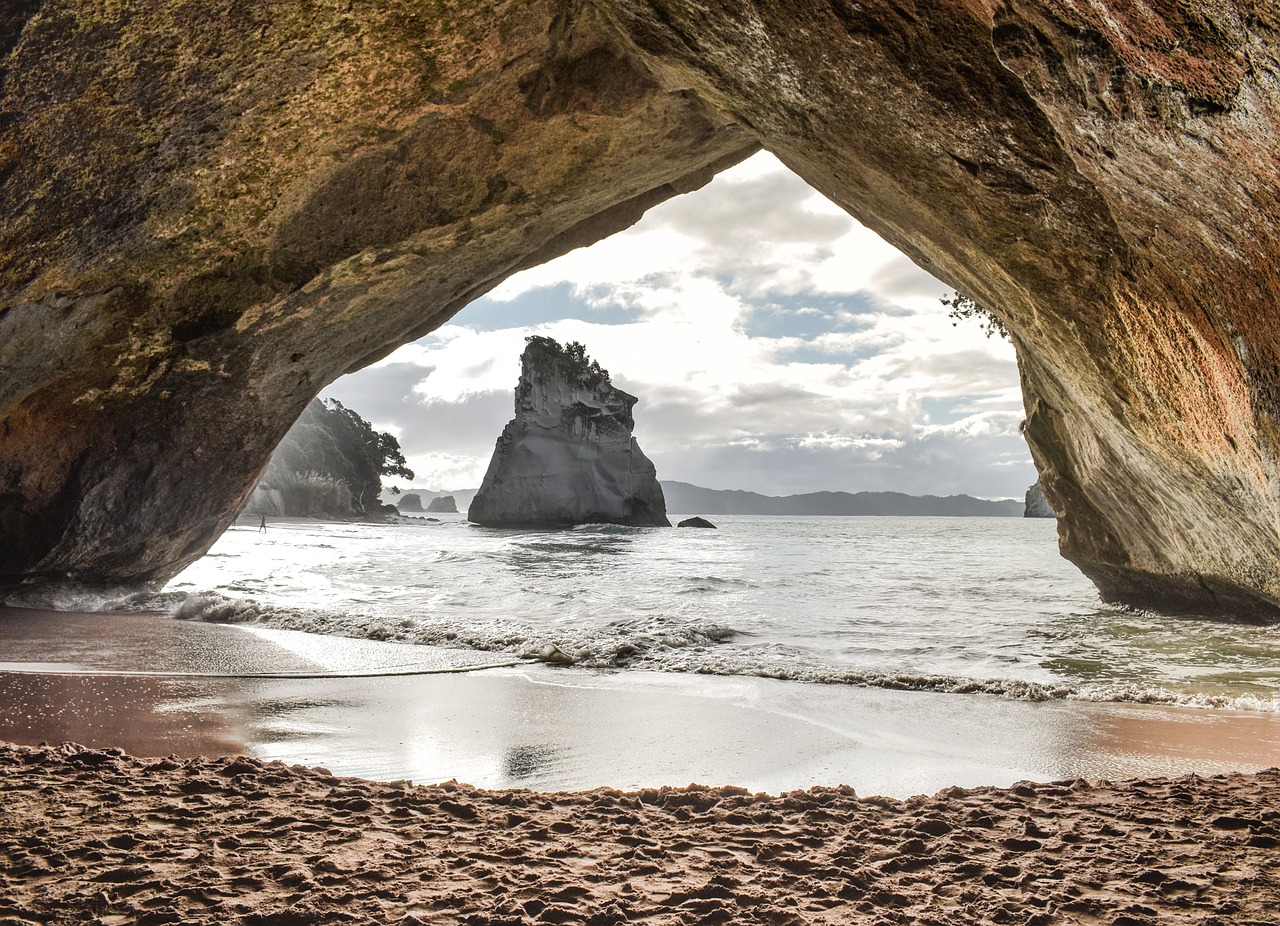At a recent event with Auckland city leaders I asked ‘what future do we want?’. It’s a basic question, but one that isn’t as front of mind as it should be. We’re facing hotter temperatures causing homes to overheat, ageing water infrastructure struggling under a growing population, extreme weather, inefficient use of this precious resource.
Our definition of extreme is broadening as droughts and flooding previously thought of as freak 100 year events now occur worryingly frequently. As we shape the world for future generations, how can we sit back and continue to do as we’ve always done, and let our children and grandchildren deal with the consequences?
A year on from last year’s major floods in Auckland we’re yet to learn. As RNZ reported recently, over 1400 new homes have been consented on the city’s flood plains since that disaster. That’s over 1400 families and households that will likely have to deal with the devastating impacts of waterlogged gib and insulation, of precious possessions lost, and the huge cost and upheaval a damaged home can cause. During the year 15,488 new homes were consented in New Zealand’s largest city. While some will be going above and beyond with the likes of Homestar, many will be built to the low bar of New Zealand’s woeful Building Code.
The future we want must be one that helps mitigate these growing risks, where homes, buildings, and communities are resilient to the inevitability of more extreme weather events brought about by climate change. The spaces we’re living in must not only be equipped to deal with these extremes but be used as a vehicle to reduce the need for that resilience in the first place.
I’m conscious we’re starting to sound like a bit of broken record when I say, we know what needs to be done, and the solutions have been available for some time. The building science is clear on what it takes to create high-performance homes and buildings. We know how to measure and reduce vital emissions like embodied carbon and building waste. We know the types of levers central and local governments can pull to reward great building, to restrict short-term thinking like building on flood plains and create resilient communities.
We know that our built environment can transform the productivity and health of every New Zealander while providing resilience to the future we all face. It’s a win, win, win, yet with every new build we’re losing that opportunity. The same feet dragging that’s allowed more than 1000 homes to be built on known flood plains post-disaster is prevalent across Aotearoa. We’re failing to do the right thing, to embed future focused measures now.
As 2024 rolls on there’s promise and opportunity. Opportunity to improve our regulations, to embed levers like lower development contributions, targeted rates, or preferential consenting for sustainable development.
We say we want a lower carbon healthier more resilient future but all the signals we send do not drive this forward.
Many councils have faster consenting mechanisms for their developing partners. This is hugely advantageous. How about in return for that, we seek lower carbon more resilient homes. This will reduce bills, reduce waste to landfill and improve resilience.
There’s a growing number of developers, investors, architects, builders, and property owners who see the future and what it needs to be. Thank you to all of you.
It was a pleasure catching up with many of you at our recent AGM. We also appointed the excellent Hilary West-Reeve to our Board, and reappointed the exceptional Professor Robyn Phipps for another three-year term. We have leading professionals out there doing the mahi and collaborating on creating a better future.
There’ll be several hundred joining us at this year’s Housing Summit in May – an opportunity to share what can, and is, being done. I’m particularly looking forward to hearing from our international keynote Rob Pannell who has been instrumental in bridging the gap between industry and the UK government to transform how they design and build more sustainably.
I’m looking forward to hearing about some amazing new talent and the ideas of some of our industry’s brightest young minds as we celebrate this year’s Future Thinker of the Year. If you know of any passionate students or recent graduates I’d encourage you to get them involved before entries close 1 March.
What future do we want? Together we have an opportunity to aim higher than Auckland’s flood plains and the create a wonderful, resilient future.
